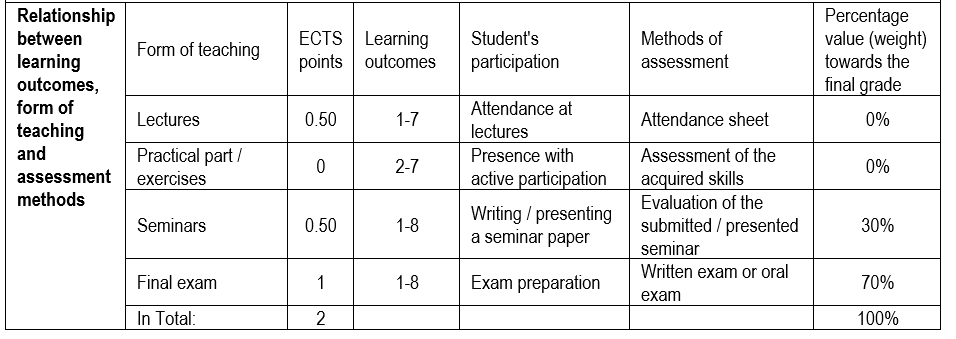Students will be introduced to the basic procedures for identifying the human body by natural and acquired dental characteristics; becoming familiar with the impact of the law on practical work in dentistry (in the Republic of Croatia); isolation of DNA from dental tissue; analysis of a human bite on the victim's body and possible identification of the perpetrator; classification of injuries to the stomatognathic system for the purpose of professional compensation of damages; pointing out the mistakes of dentists and negligence that can endanger the health of our patients. In this course, students will learn the techniques of dental identification of the human body or parts of the human body, i.e., the importance of performing and possessing quality dental documentation to obtain identity. New techniques such as DNA analysis of dental tissues and PCR techniques in forensics are also important. Students learn to evaluate and classify injuries to the stomatognathic system to support legislation in the Republic of Croatia. Students learn the forensic skills necessary to work independently in dental clinics. Proper management of dental documentation.
Dental identification - procedure, preparation, instrumentation and analysis
Identification in cases of mass loss
Forms for recording data on teeth and documentation in dentistry
DNA analysis of dental tissues in the identification of human remains
Inherited and acquired changes in teeth in the identification of human remains
Inherited and acquired changes in teeth in the identification of human remains
Determination of sex and race based on dental and craniofacial characteristics
Determination of age at death and time of death using dental techniques
Analysis of bite wounds on the human body and identification of the perpetrator.
Expert opinions in dentistry
Expert and expert witness activities according to the Code of Criminal Procedure
Expert opinions on bodily injuries with emphasis on injuries of the stomatognathic system
Criminal responsibility of the dentistry doctor
Required course materials:
- Brkić H. i sur. Forenzična stomatologija. 1. izd. Zagreb: Školska knjiga; 2000.
Supplemental course materials:
- Zečević D. i sur. Sudska medicina i deontologija, 4. izd. Zagreb: Medicinska naklada; 2004.
- Zečević D, Škavić J. Osnove sudske medicine za pravnike. Zagreb: Barbat; 1996.
- Jerolimov V, Brkić H. Vještačenje u stomatologiji. Zagreb: Stomatološki fakultet Sveučilišta u Zagrebu i Akademija medicinskih znanosti Hrvatske; 2005.
Upon completion of this course, students will be able to:
1. Determine the history of forensic dentistry in Croatia and in the world, the procedure of dental medical identification, instrumentation, keeping dental and oral medical documentation.
2. Valorize identification methods in mass casualties.
3. Determine how to determine age at death and determine race and gender.
4. To judge the knowledge about the analysis of DNA from dental tissues in the identification of the human body.
5. To compare hereditary and acquired changes in the teeth important for the identification of the human body identification.
6. Determine the way to analyze the bite on the victim's body and identify the perpetrator 7. Critically judge cases of dental medical expertise.
8. Determine the classification of injuries to the stomatognathic system.



